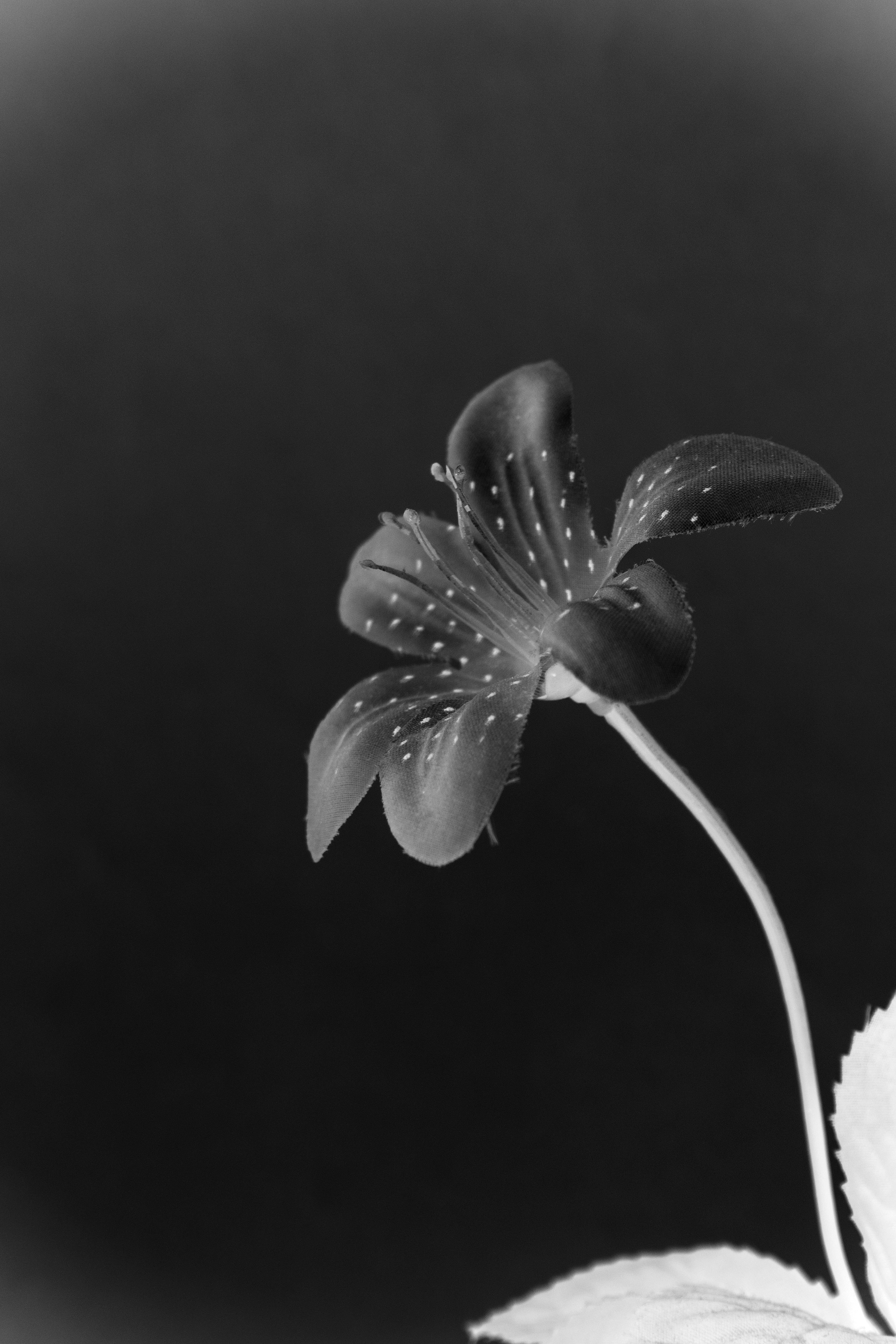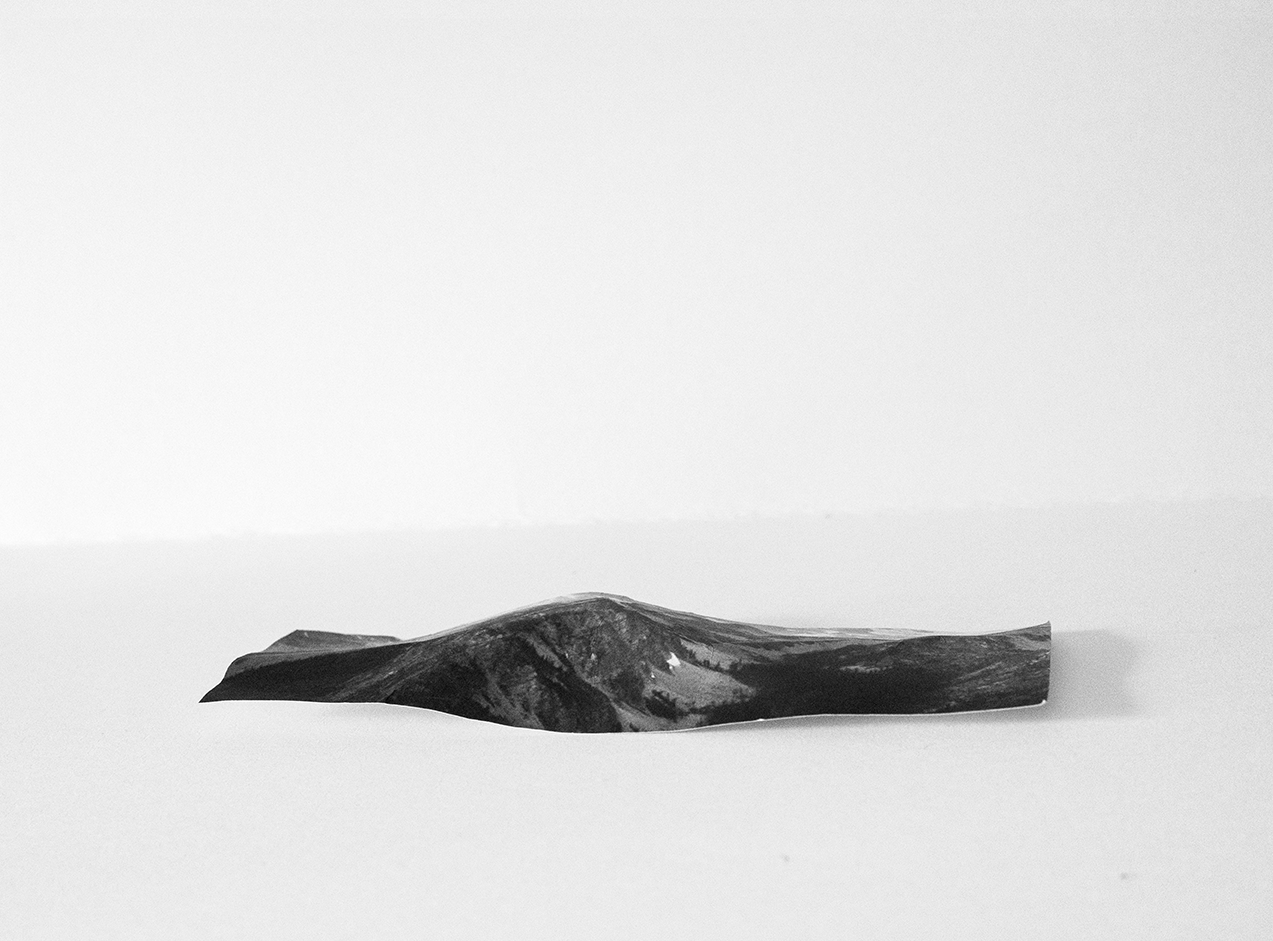FOREVER IN BLOOM
Krasimira Butseva x Atanasov
![]()
![]()
![]()
![]()
![]()



Portraits of distant and close lands unravel in front of my eyes. I concentrate my gaze on delicate flowers, immense mountains, carefully pruned shrubs and details of leaves. Stillness and tranquility radiate from these photographs. I investigate extensively. I start to question my gaze. My perception turns out to be distorted as I inspect closer. I know how customary it is for my eyes to betray me when encountering photography. The rock formations I see turn out to be constructed from layers of rubbish. The stones are man-made and artificial. The blossoms are fixed with pins to the stems. The glaciers are from paper.


In Nature Index, Atanasov imagines and fabricates nature in the anthropocene. The anthropocene is a geological epoch believed to have commenced as early as humans began farming, an activity which at the moment occupies about 38% of the surface of the planet; others propose that it rather started with Britain’s Industrial Revolution in the eighteen century, which led to the advent of the fossil fuel economy. Human activity, whether part of industrialisation, agriculture, deforestation or war, has had an extreme and constant impact on the planet’s climate and ecosystems.
Atanasov has at times discovered situations and spaces in the urban environment surrounding him, while others he has composed carefully in his studio. The images are accompanied by a chronological index of various events which have taken place across the world in the past three centuries, all linked to the relationship humans have with nature; collected by the artist and the anthropologist Konstantin Georgiev.









chronological index of events from across the world, collated by Atanasov & Konstantin Georgiev.



On top of the fossils from previous geological epochs, we would leave piles of synthetic materials. Plastic could be one of the markers of our age, as it takes approximately 450 years for decomposition - leaving an extended trace on earth’s structure. This artificial material appears repeatedly in the photographs of Atanasov - from the faux plants to the constructed landscapes pasted on doors and others which form an oasis of a business park.
Plastics were mainly used in the military, but their mass production began after WWII. The rapid manufacturing quickly surpassed any other man-made materials. Currently more than 380 million tonnes of plastics are used every year. Plastics exist in various forms from bags, bottles, containers, trays and disposable cups to even artificial plants. The fake house plants, which have turned into a trend, will also be forever in bloom and will remain perfect. But in our time filled by deforestation, pollution and climate change, the flawless flowers and plants are only aiding the wrong cause.
chronological index of events from across the world, collated by Atanasov & Konstantin Georgiev.



The photographs in Nature Index appear to be loud and blaring, shouting and chanting. They highlight the present and suggest a possible future through a dystopian landscape - one in which nature is solely man-made. This fabricated photographic world which Atanasov uncovers tricks us at first to see what we expect, the familiar, but as we delve deeper we start to notice the apocalyptic and threatening sights, alongside the fully colonised and commodified natural environment.


See more of Atanasov’s work here and here.
Check out the publication Nature Index here.
This project have been funded by the Bulgarian National Cultural Fund.